'Better mental clarity and energy' — do coffee naps combat the afternoon slump? We took a 'nappucino' to find out
We slept on the job to test this new sleep hack, but was it worth the hype?
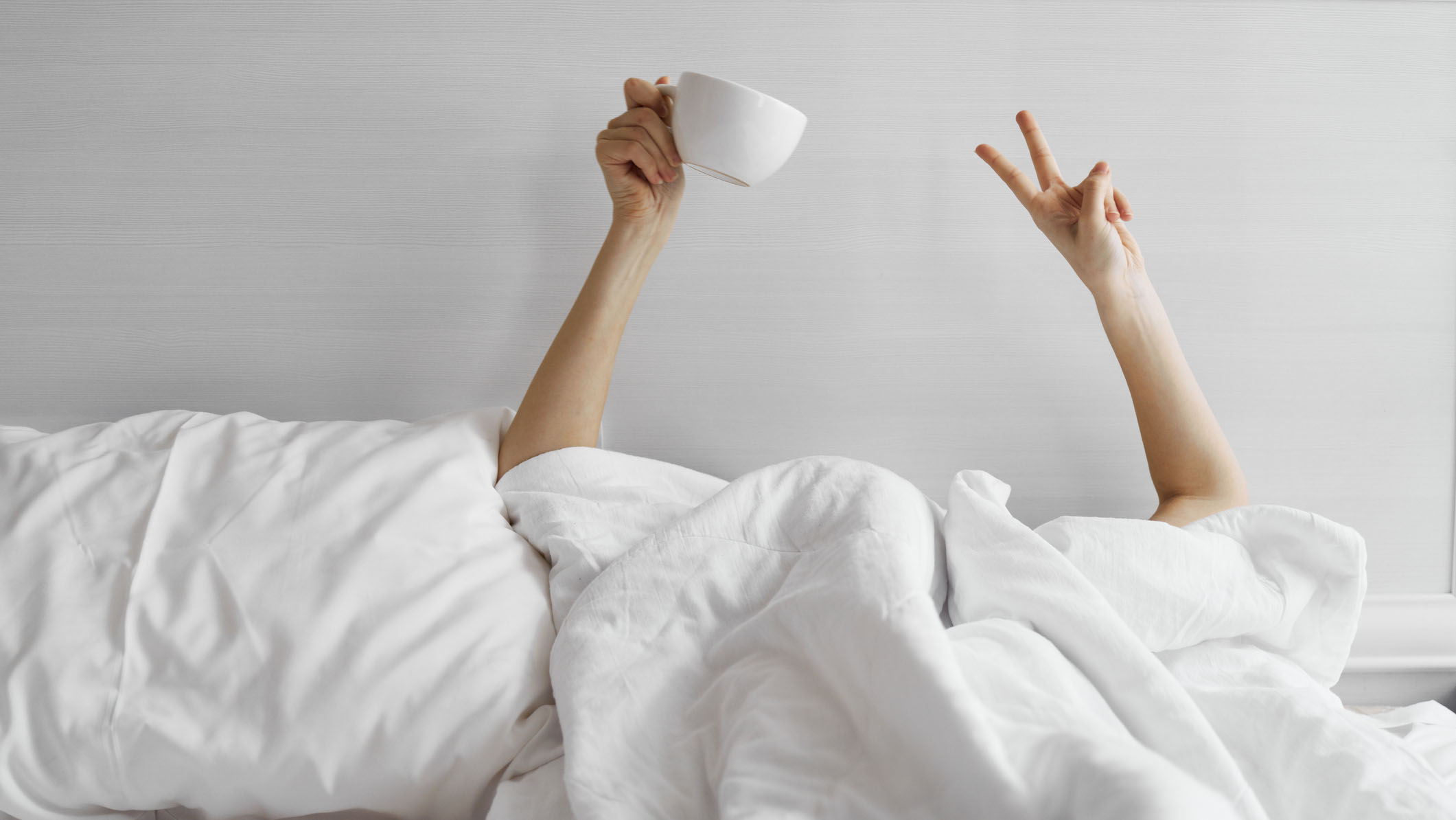
A nappuccino is the current -ccino trend having a moment across social media with sleep physicians, TikTokkers and professional athletes touting about its benefits.
This trend involves drinking a coffee and then immediately taking a 20 minute nap to get over the afternoon energy dip many people experience thanks to our circadian rhythms.
As with all the latest sleep trends, our team wanted to try it out. So, after busy bank holiday weekends, our sleep writers Eve and Becky decided to try it out.
Feeling low on energy, their lunch breaks provided the perfect opportunity to test whether an afternoon coffee nap could help them power through the day. Here's what happened...
What are the benefits of nappuccino?
A nappuccino simply means to nap after drinking a coffee. So, if you usually reach for a cup of coffee or take a power nap when you need that quick boost of energy, why not combine the benefits of both with a coffee nap?
According to Dr Cheri Mah, a sleep scientist and professor at Stanford University of Medicine, the effects of caffeine take about 15 minutes to kick in.
If you manage to doze off within 5 to 10 minutes after drinking your coffee, it has the potential to increase alertness and productivity, with the perks of a quick rest and the energy from the coffee kicking in as you wake up.
Get instant access to breaking news, the hottest reviews, great deals and helpful tips.
Sleep Tech writer Eve’s experience
I often find myself in the clutch of a post-lunch energy slump, and was excited to test whether a coffee nap could help me through.
So, this Thursday after lunch, I drank a cup of coffee, set an alarm for 20 minutes, put on my SOMO sleep mask and took to the sofa for my very first nappucino.
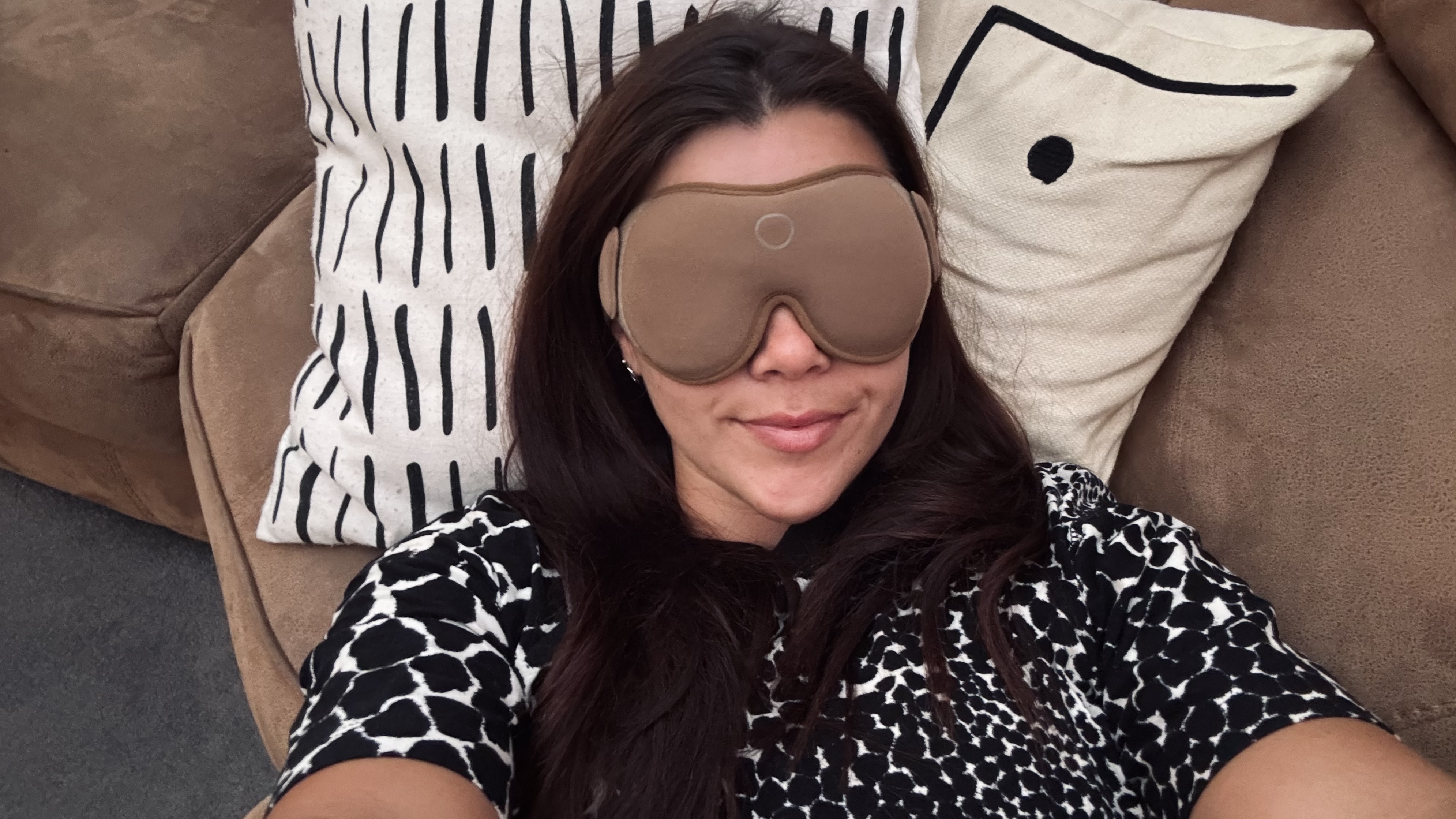
I don’t usually tend to have a problem drifting off, nor am I sensitive to caffeine. I often enjoy a Sunday nap and fall asleep quickly at night, even when I drink coffee after 2pm.
By the time I logged back on to work, my brain was feeling less foggy
But nodding off during the work day seemed a harder task. Granted, that may have been because I found it difficult to switch off while thinking about what I would write in this article about my nap, or because I wasn't sleeping on the best mattress for my body.
I didn’t fully drift off before my alarm buzzed. Nevertheless, it was nice to take the time to lay down and relax. By the time I logged back on to work, my brain was feeling less foggy than it did just before lunch.
I wondered if the mid-day half-snooze would wreak havoc with my bedtime, but by the time 10pm rolled around I was feeling tired again and, like Becky, didn't have trouble sleeping.
Although the coffee nap helped me over my afternoon energy dip, I’ll be sticking to my usual tactic of a lunch break walk as I find movement and fresh air better clears my mind.
Sleep writer Becky’s experience
I was sceptical about the potential benefits of a nappuccino since I find it difficult to fall asleep quickly, so 20 minutes didn't feel like enough time. Nevertheless I tried to squeeze it in on my lunch break.
Being a coffee lover, I consider caffeine as an indulgence, any part of the day. However, over the last couple of years I’ve had to lay off the coffee as it's been wreaking havoc on my sleep if I drink it in the afternoon, so this was right on the edge.
I had my favorite cup of instant coffee, set my alarm for 20 minutes and got right into bed. As expected, I couldn't fall asleep but remained in a state of rest, leaving the stresses of the day behind temporarily and allowing myself to relax.
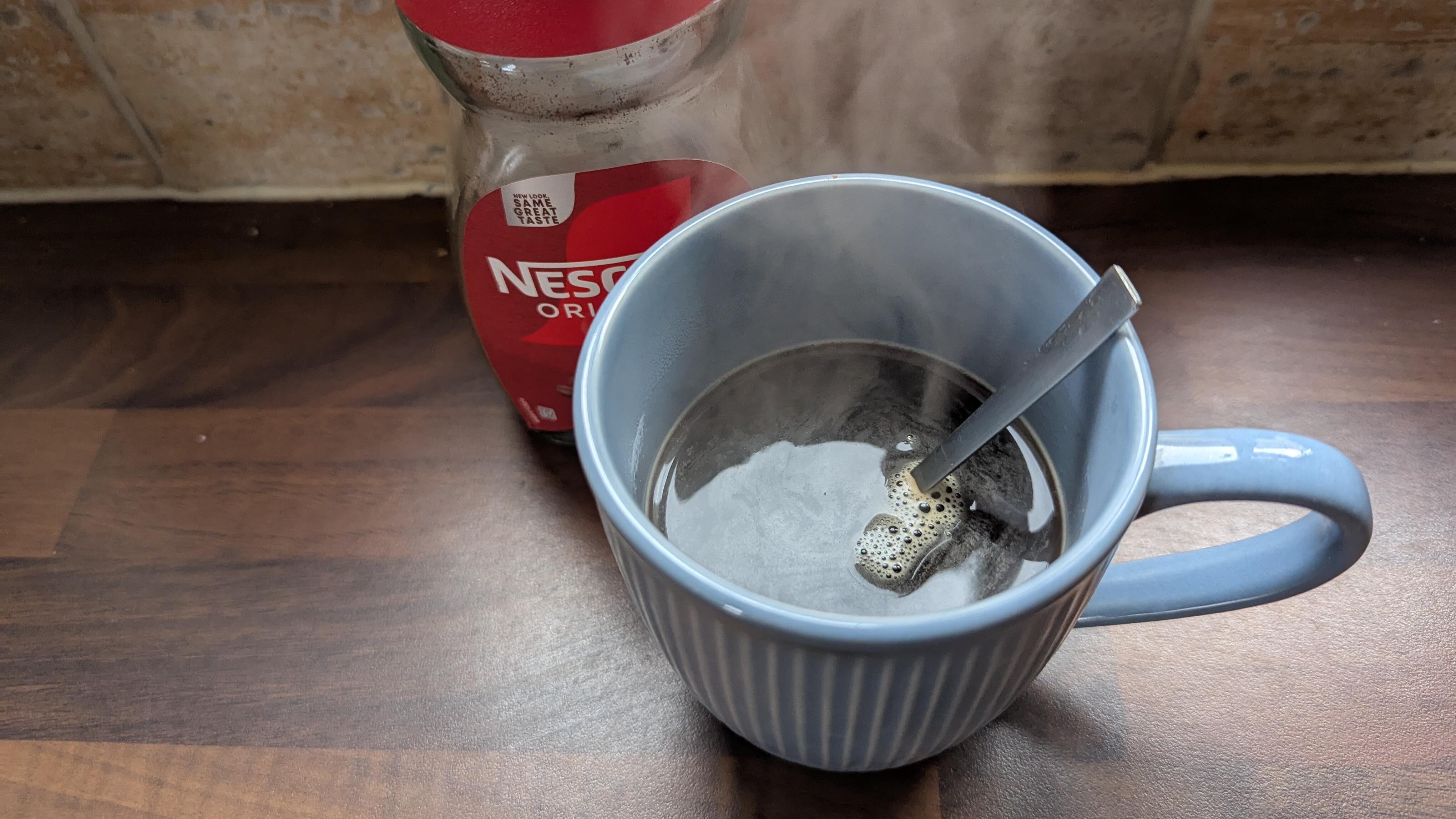
"Are my 20 minutes already up?" was the first thing that came across my mind when I heard the alarm go off.
I got up, stretched for a bit and logged back into work. I sensed that the veil of grogginess in my head had lifted, giving me better mental clarity and energy to finish my day.
But, this is where trying the nappuccino really took me by surprise. I expected myself to remain active and awake at night (because of the extra rest and caffeine), but I was able to drift off into peaceful slumber at my usual bedtime. It's safe to say, I had a well rested and restorative sleep all night.
Nappucinos: Our verdict
While it’s true that we didn’t fully drift off during our 20-minute nappuccino, the mental clarity it followed was clearly noticeable.
We felt alert, focused and ready to power on through the rest of our day
The combination of a power nap and caffeine worked well for us in terms of shaking off the sluggishness we often feel after lunch — without disrupting our nighttime sleep.
We felt alert, focused and ready to power on through the rest of our day. The only drawback? The timing needs to be just right. Nap any more than 30 minutes and your efforts will be in vain. Forcing yourself to go to sleep within 5 to 10 minutes after having your coffee can be a tricky task too.
But overall, we were impressed by its benefits and think it’s definitely a trend worth trying.
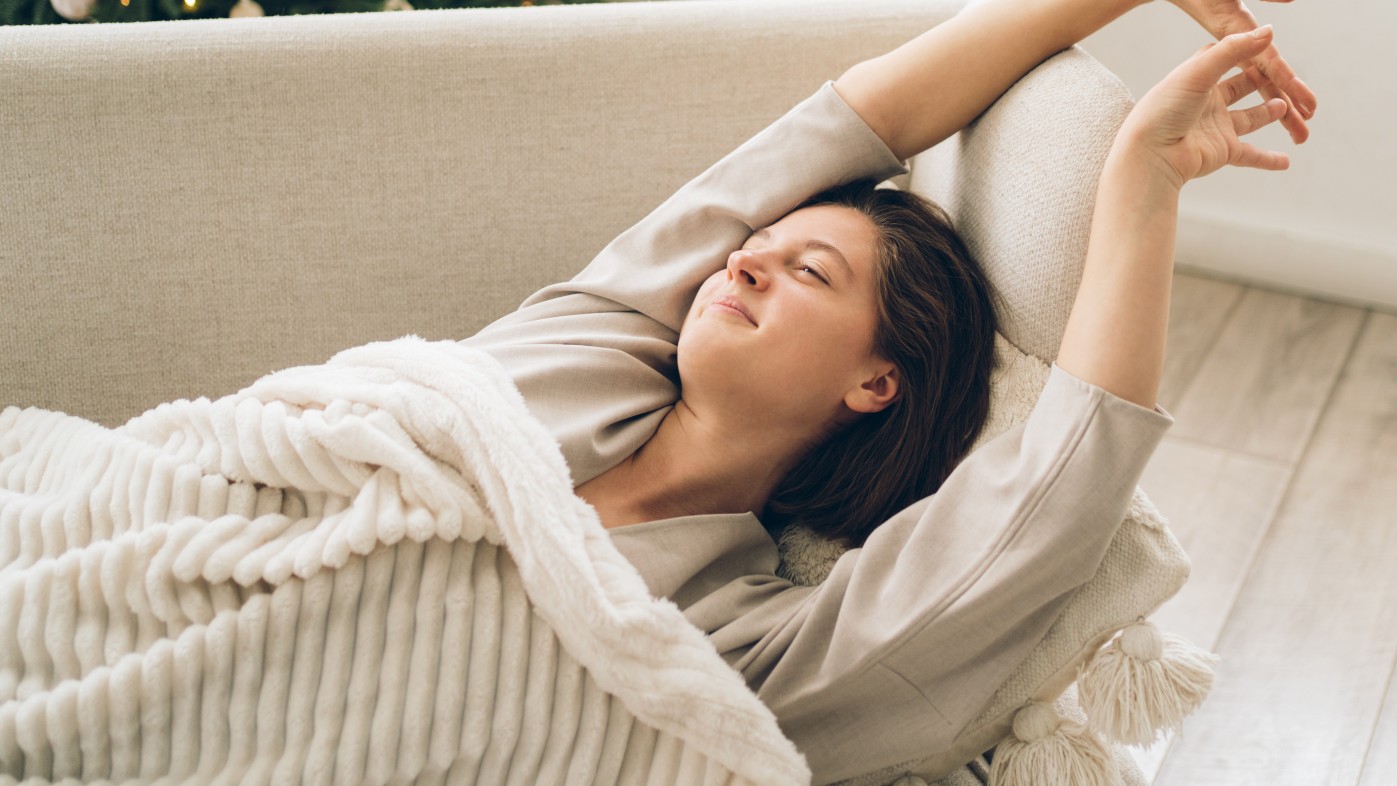
How to try a nappuccino
Want to hop on the trend and try a 'nappuccino' yourself? Here are three steps you can follow to get the most of a coffee nap:
1. Make yourself a coffee
The first step is to pick your favorite coffee beverage. It can be anything from an espresso shot to an iced latte.
The key is to sleep immediately— within 5 to 10 minutes, before the caffeine enters your system and you start to feel the effects of it.
2. Set your alarm for 20 minutes
Depending on time, you can set your alarm for 20-30 minutes. However, if this goes up to 45 minutes or longer, a nappuccino might turn out to be counterproductive.
This is because you can fall into a deeper sleep by then and might struggle with sleep inertia when you wake up — a state of feeling groggy and sluggish.
3. Relax and wake up refreshed
By the time you wake up, the caffeine has kicked in, boosting your mental clarity and energy levels. Give yourself a few minutes to reset, breathe and stretch before jumping back to your day.
Done right, a nappuccino can become a nifty tool in your sleep arsenal which can leave you feeling calmer, refreshed and ready to take on the rest of your day.
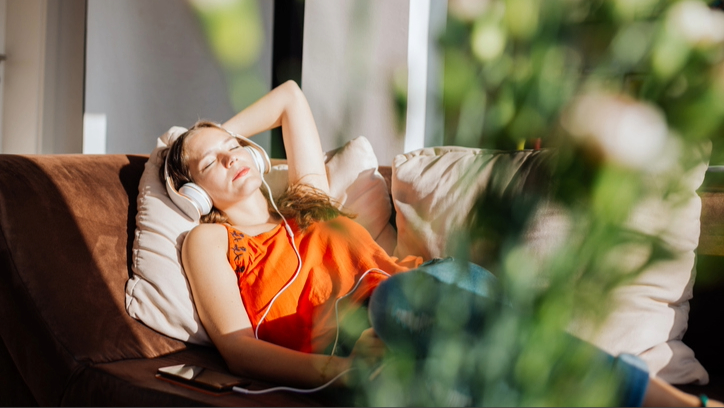
Is napping good for you?
The short answer is yes. Studies show that naps not only improve your mood and energy levels but also lower blood pressure, thereby reducing the risk of cardiovascular diseases.
Napping is an effective way to get over the afternoon slump when there is a natural dip in your circadian rhythms (the body’s internal sleep and wake cycle) and pay back your sleep debt which occurs due to lifestyle factors like shift work or caregiving or any health conditions.
However, excessive napping during the day will just take away your sleep hunger. The result? A vicious cycle of sleep deprivation at night and exhaustion during the day due to lack of enough rest.
Keeping your naps short (20 to 30 minutes) is the best way to maximize the benefits without disrupting your sleep pattern.
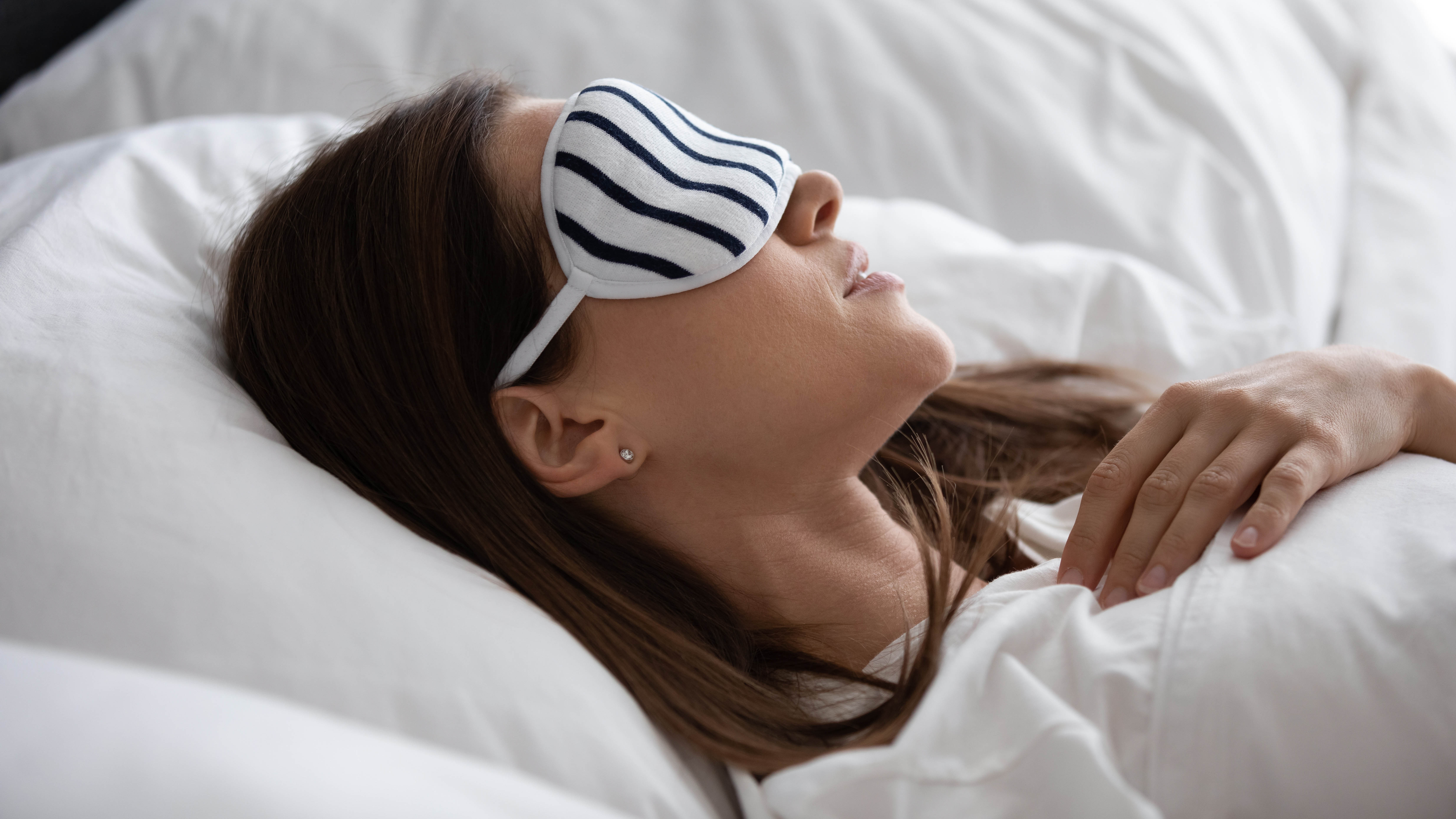
3 other ways to avoid the 3pm energy dip
If taking a nap or opting for caffeine isn’t for you, these other tried-and-tested steps will help reduce the post-lunch slump...
Take care of your diet
As your body's fuel source, the food you get determines both how energised you feel and how well you sleep.
Making healthy food choices at breakfast and lunch time can help you avoid sugar crashes in the afternoon.
Complex carbs like whole wheat bread, brown rice and oats, break down more slowly in the body, offering more sustained energy release than simple carbs like sugary sweets which offer quick energy peaks.
Therefore, packing your meals with complex carbs alongside other nutrients will help you feel your best.
Get morning sunlight
Your energy peaks and troughs through the day are governed by your circadian rhythm, or internal body clock. Exposing yourself to natural sunlight early in the morning, shortly after waking up, suppresses the sleepy hormone melatonin.
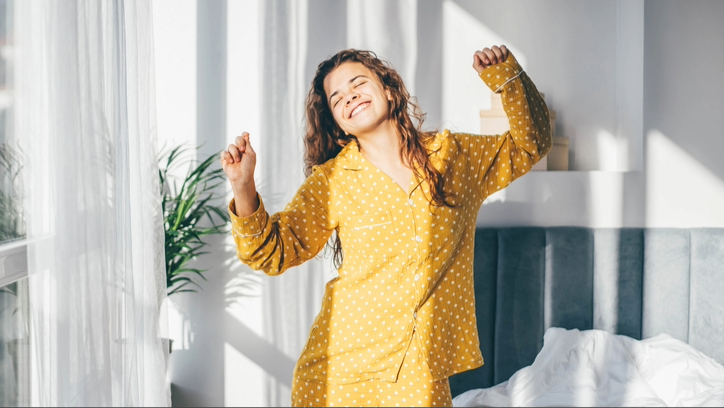
This helps regulate your sleep-wake hormone cycle so you have sustained energy through the day and feel sleepy come evening, helping you fall asleep fast and bag good quality sleep through the night. Ultimately, sleeping well at night will give you sustained energy through the day.
Take a lunch break walk
Taking a lunch break walk outdoors can energise you just as well as a coffee nap, especially if you work at a computer.
The natural daylight and fresh air can blow away the cobwebs so you can back to work feeling refreshed to tick off your afternoon tasks.
Plus gentle exercise like walking is associated with a number of sleep benefits including reducing the risk of sleep apnea by 10% and promoting deep sleep. Therefore, walking plenty during the day contributes to better sleep hygiene and improved sleep quality so you feel more energised throughout the day.

Eve is a sleep tech product tester and writer at Tom's Guide, covering everything from smart beds and sleep trackers, to sleep earbuds and sunrise alarm clocks. Eve is a PPA-accredited journalist with an MA in Magazine Journalism, and has four years’ experience writing features and news. In her role as Sleep Tech Product Tester and Writer for Tom's Guide, Eve is constantly trying out and reviewing the latest sleep products from brands such as Apple, Garmin, Whoop, Hatch, Sleep Number, Eight Sleep, and Oura. A fitness enthusiast who completed the London Marathon earlier this year, Eve loves exploring the relationship between good sleep, overall health, and physical performance, and how great sleep tech can make that relationship even better.
You must confirm your public display name before commenting
Please logout and then login again, you will then be prompted to enter your display name.
